BlockBlasters Steam Game Scam: How Players Lost $150K in Crypto to Malware Scam Game
BlockBlasters was a scam disguised as a fully functioning 2d platforming Steam game that spread malware, drained crypto wallets, and stole more than $150,000 from players and streamers. Here’s how the scam worked, how it spread, and Valve’s response.
What Was BlockBlasters on Steam?
BlockBlasters Looked Like a Regular 2D Platformer, But Hid Malware in a Later Update
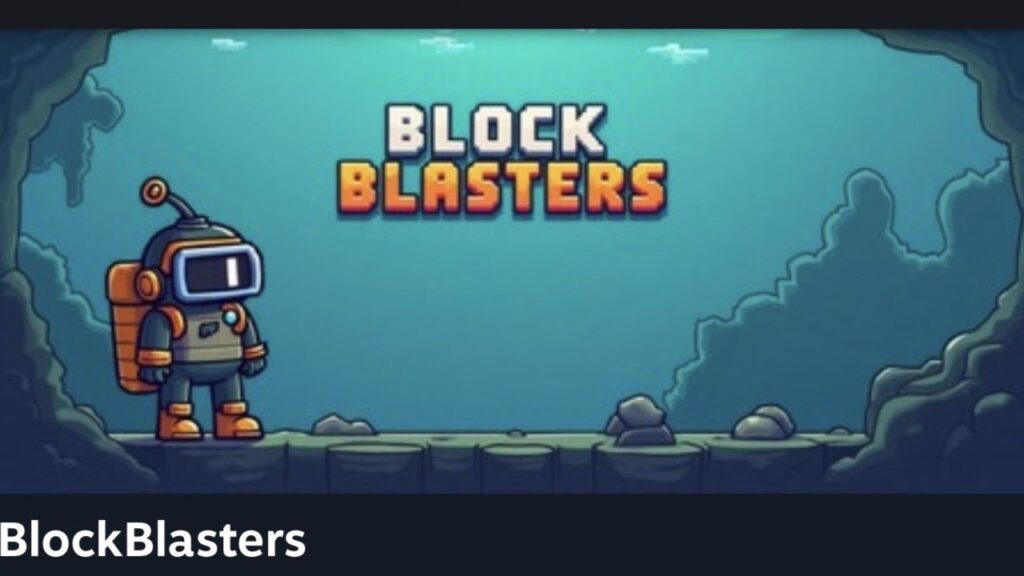
BlockBlasters launched on Steam on July 31, 2025 as a free-to-play 2D platformer. As G Data Security reported, the game initially functioned normally, and early players did not encounter malicious behavior.
That changed on August 30, 2025, when the developers pushed an update that secretly delivered malware. According to The Escapist, the patch installed hidden files capable of stealing Steam logins, browser information, and cryptocurrency wallet data.
The staged release strategy helped the scam spread further. Because the game had been on Steam for weeks without raising red flags, players assumed it was safe to update. As CBR explained, this trust made it easier for the malware to reach both casual players and streamers, many of whom unknowingly exposed their systems.
How Did the BlockBlasters Scam Work?
The Game Installed Malware that Drained Crypto Wallets and Steam Accounts
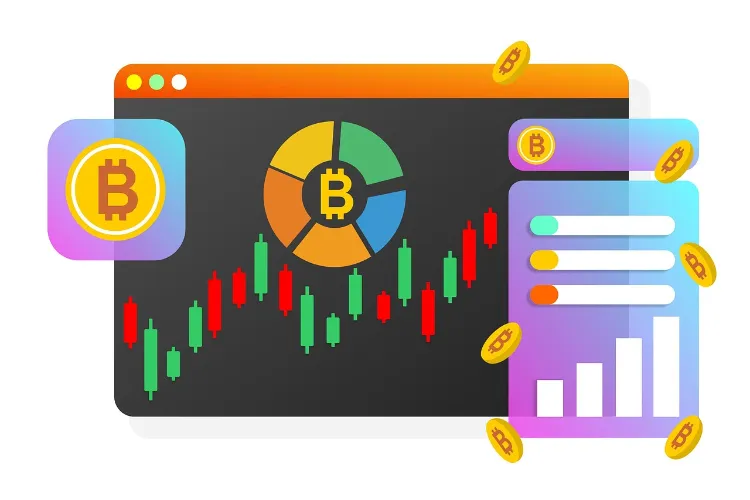
The malware hidden inside BlockBlasters was slipped in through a late update. According to GamesRadar, the malicious code was active between August 17 and September 21, 2025, weeks after the game had already gained traction on Steam.
Once installed, the malware was able to drain cryptocurrency wallets and hijack Steam account sessions. As The Verge reported, the total losses escalated to over $150,000, with individual cases showing just how damaging the attack could be.
One of the most high-profile victims was Latvian Twitch streamer Raivo “RastalandTV” Plavnieks. While livestreaming, he downloaded BlockBlasters and lost more than $32,000 in crypto linked to his wallet. Tom’s Hardware highlighted that the money was part of funds raised for cancer treatment, making his case one of the most publicized losses.
The malware worked quietly in the background, disguised as part of the update process. Because the game functioned normally before, many players trusted the new version without hesitation, giving the attackers an easy opening to steal credentials and crypto funds.
How Much Did Players Lose in the BlockBlasters Scam?
Reports Confirm Over $150,000 in Crypto and Assets Were Stolen
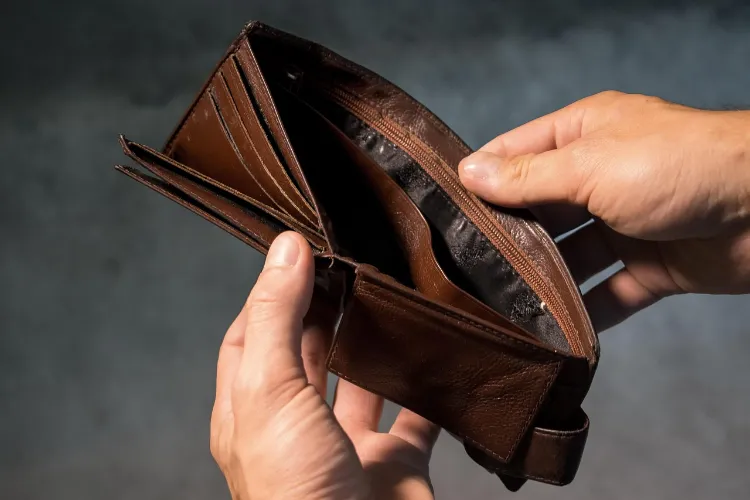
Security researchers and multiple outlets report that BlockBlasters drained more than $150,000 worth of cryptocurrency and digital assets from infected systems. According to GamesRadar, the malware update pushed on August 30 was directly tied to wallet-draining scripts.
Individual victims have shared their losses publicly. Tom’s Hardware reported that Twitch streamer Raivo “RastalandTV” Plavnieks lost $32,000 in donations he had been raising for cancer treatment after downloading the update. Other players on Reddit and Discord flagged drained MetaMask wallets shortly after installing the patch.
The scam didn’t stop at crypto. As PCWorld noted, the malware also attempted to hijack Steam accounts by grabbing login sessions. This raised fears of compromised inventories being resold, adding another layer of financial risk beyond direct wallet theft.
While exact totals are still being verified, the $150K figure has been confirmed by multiple outlets, including The Verge. Given how quickly the update spread and how many streamers promoted the game, the actual number of affected players could be higher.
How BlockBlasters Spread on Steam and TikTok
Streamers and TikTok Creators Unknowingly Promoted the Scam
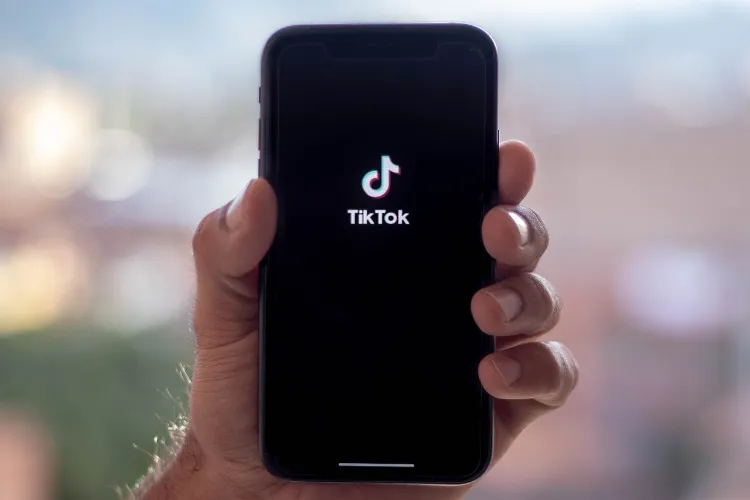
BlockBlasters gained traction fast because it didn’t just sit quietly in the Steam store. The game was marketed on TikTok and Twitch, with creators showcasing it as a quirky indie platformer. According to The Escapist, several streamers highlighted BlockBlasters in “hidden gems” videos, unaware that the August 30 update had injected malware.
The visibility snowballed once Twitch streamer Raivo “RastalandTV” Plavnieks downloaded the game. His experience of losing $32,000 in cancer treatment donations quickly spread across social media and news outlets. This tragic incident drew more attention to the scam, but by then, the malware had already infected other players.
The game’s reach was amplified by how it appeared on Steam itself. As BleepingComputer reported, BlockBlasters was even listed as “verified” on Steam. That designation made the release seem safer and more legitimate, giving players fewer reasons to be suspicious before installing it.
Combined, Steam placement, TikTok visibility, and Twitch streams gave BlockBlasters the appearance of being a real indie hit. In reality, those channels unintentionally helped the malware spread further, leading to more losses across both casual players and active content creators.
How to Keep Yourself Safe from Game Scams
Tips for Avoiding Malware-Infected Steam Games and Crypto Scams
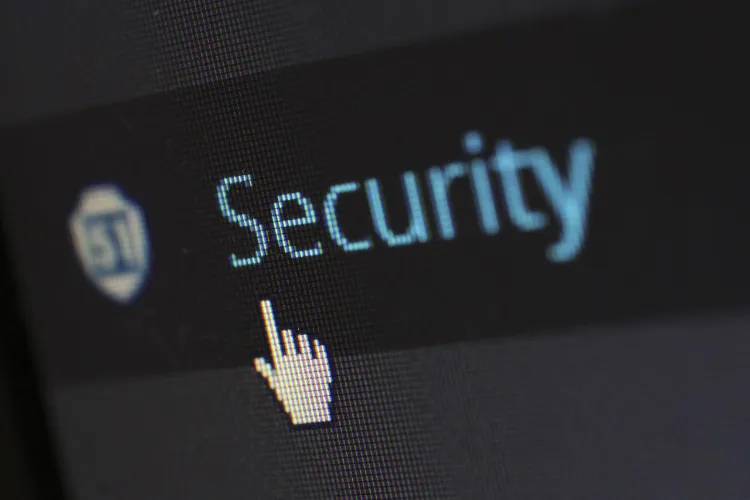
BlockBlasters isn’t the first time malware has slipped through a game platform, and it likely won’t be the last. Players can reduce their risks by taking a few precautions before downloading or updating new releases.
Cybersecurity experts recommend:
- Check developer history: Look at past releases, community posts, and reviews before installing. If the account is brand new with no track record, proceed cautiously.
- Delay updates: If a game suddenly pushes an update, wait a few days to see if reports of problems appear online. The BlockBlasters malware was added in a late patch.
- Use antivirus and anti-malware tools: Software that scans downloads can often detect suspicious behavior even when it comes from a verified store listing.
- Protect crypto wallets: Keep wallets in hardware or offline storage. Avoid running wallets on the same device where you install unverified games.
- Follow official advisories: Outlets like G Data Security and BleepingComputer regularly publish malware alerts and breakdowns.
Staying cautious about free-to-play titles, checking what communities are saying, and treating updates with care can prevent the kind of losses that followed the BlockBlasters scam. Awareness is the best defense.
FAQ
Answers to common questions about the BlockBlasters Steam game scam.
What was BlockBlasters on Steam?
BlockBlasters was a 2D platformer released on Steam in July 2025. The game initially appeared normal, but a late August update added hidden malware that stole login credentials, crypto wallets, and Steam account data.
How much money was stolen through BlockBlasters?
Reports from The Verge and GamesRadar confirm that more than $150,000 in cryptocurrency and assets were stolen. One Twitch streamer alone lost $32,000 in donations.
Is BlockBlasters still available on Steam?
No. The Verge reports that Valve removed BlockBlasters from Steam on September 21, 2025, after confirming the presence of malware. The developer account has also been suspended.
How can I avoid Steam malware scams in the future?
Experts recommend delaying updates, using antivirus tools, and keeping crypto wallets offline. Following alerts from trusted outlets like BleepingComputer and G Data Security can also help identify scams before they spread widely.










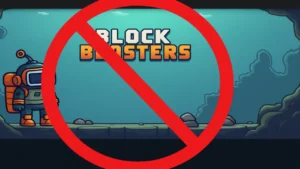












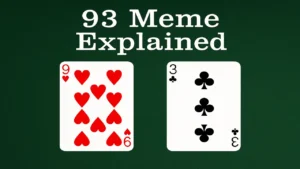





























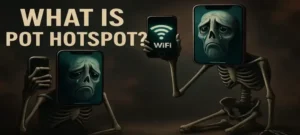













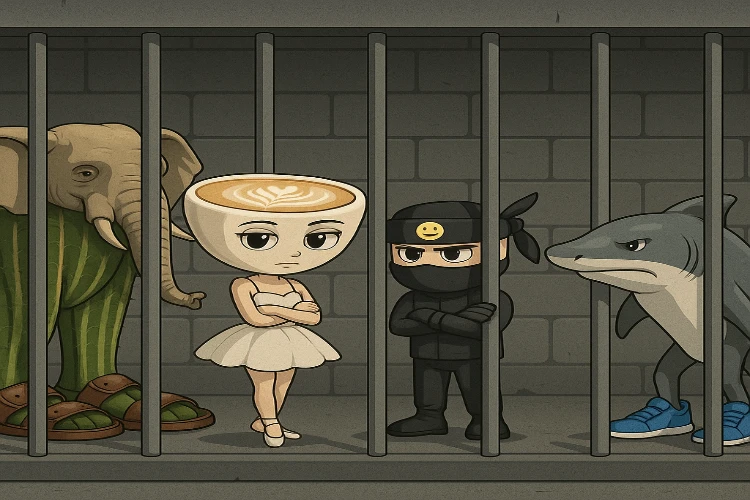
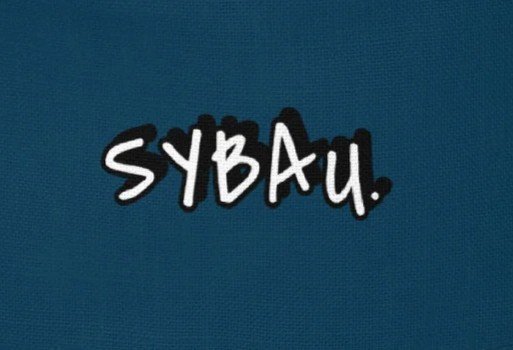
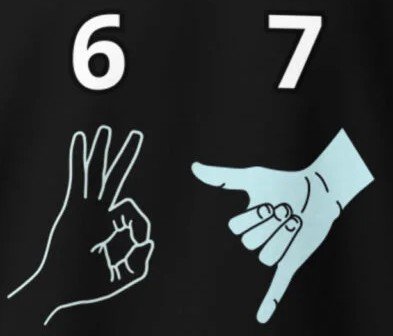









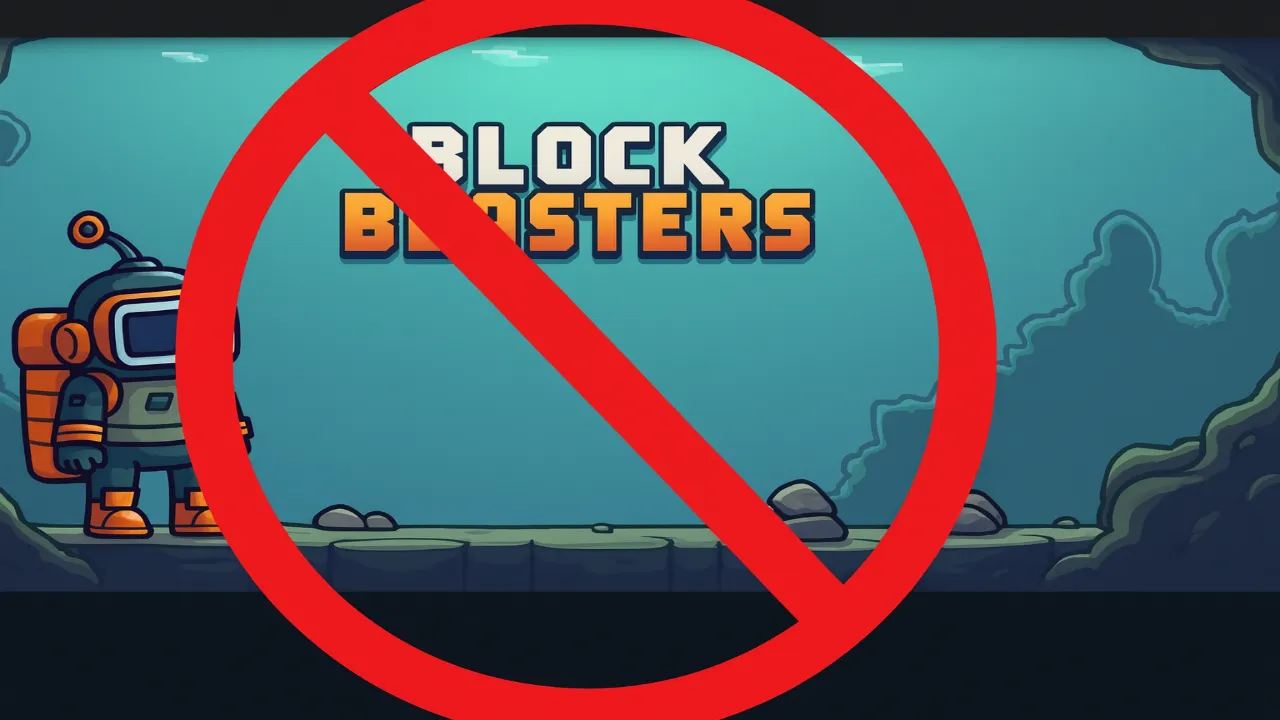


























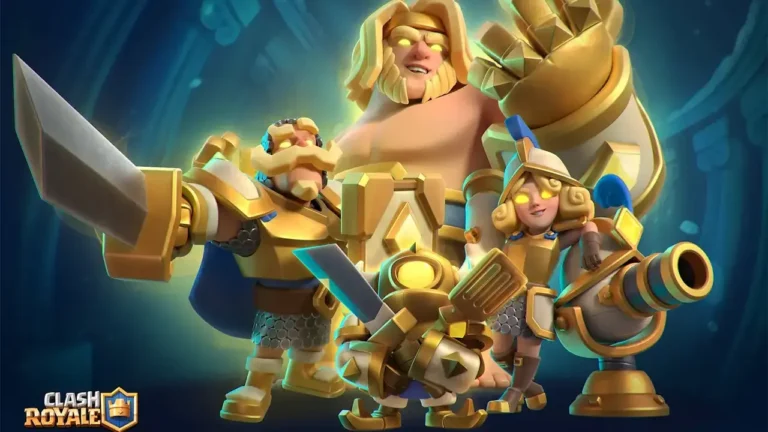
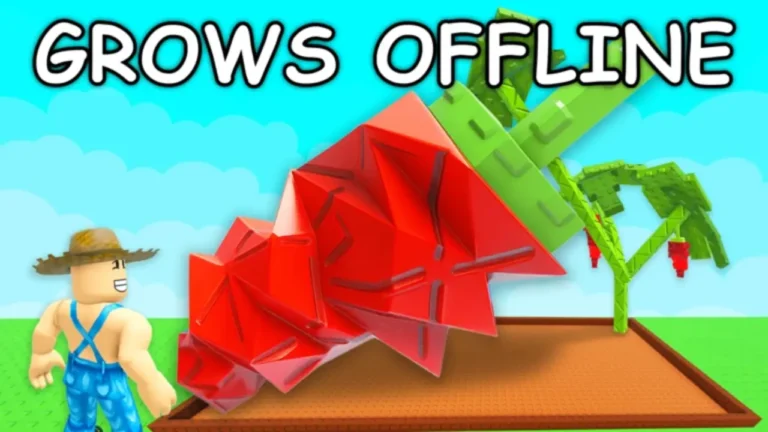


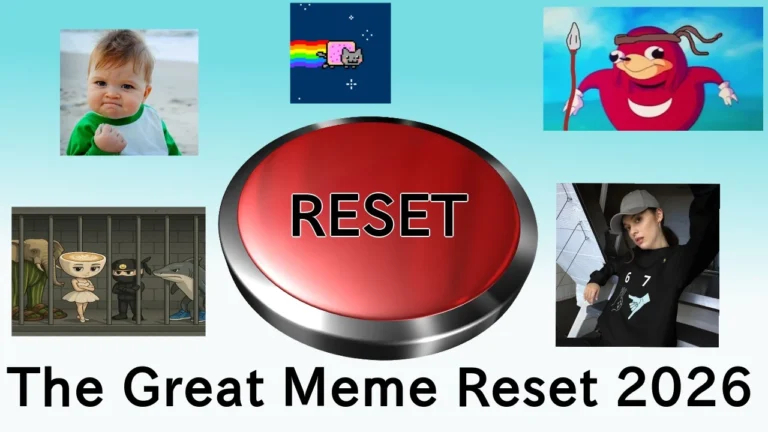






Leave a Reply